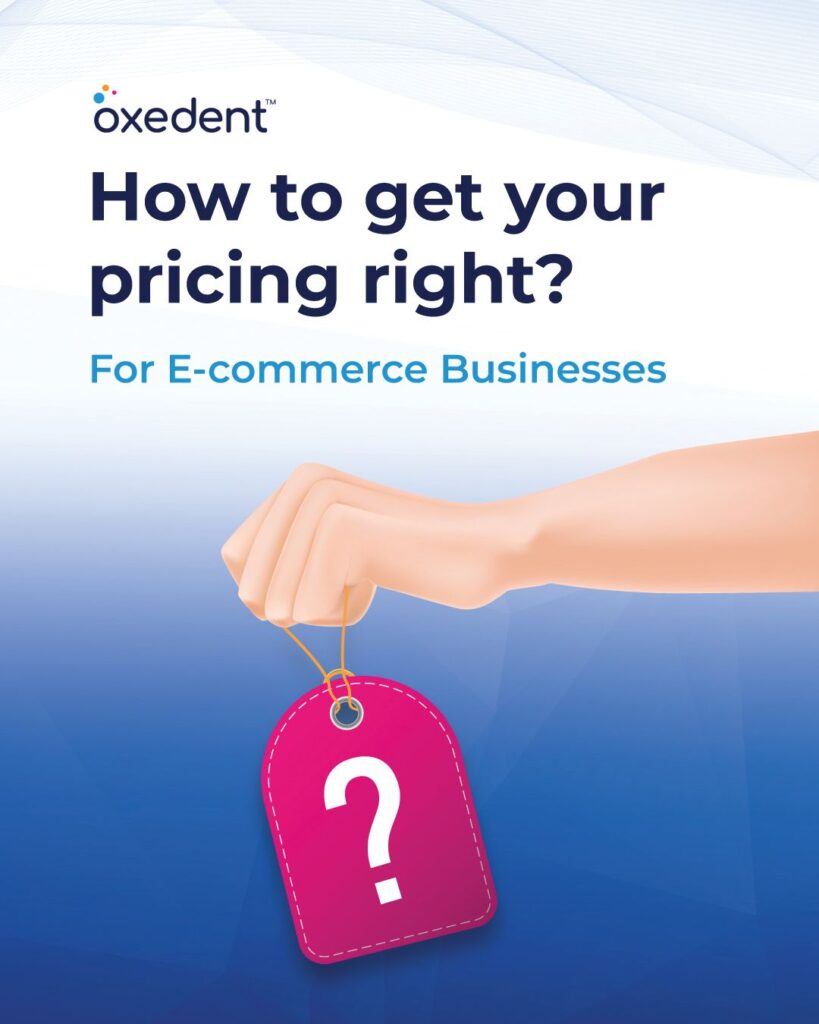In the e-commerce game, pricing is everything – you need to take a call on whether you keep it low and reduce profit margins, or keep it high and lose out on more potential customers. If you are setting up a new store and are looking for help on how to best price your products, here are 8 strategies for you:
Markup Pricing
A simple strategy in which you calculate the price of production of the product, add your costs and then add a fixed % of profit to it.
For example, if you sell bags online, here’s how you do it:
Cost of production: 50$(materials, labour, fixed costs)
Profit % – 50%(standard profit margin of the industry)
Final price: 100$
Competition-Based Pricing
As the name suggests, if you are selling a product in a category where there are multiple players, you have to price them as per the standard set by your competitors. If you are selling shoes to college-goers for example, you need to research and see brands which are doing the same and then set your price so you can compete with them.
Value-Based Pricing
If there are certain aspects of your product that set it apart, like if it is freshly sourced, organically made etc., it implies that the consumer would be willing to pay an additional amount of money for the same. This pricing essentially helps you make the return you need to keep producing a high-quality product and gauges just how high a consumer will pay for the same.
Price Skimming
Usually applicable for tech products or seasonal wear, it refers to the process of things losing value because either a better technology has been developed or the peak time for purchase of the product has passed. For eg, CDs and DVDs are now of little or no value with the advent of the Cloud. Similarly, winter wear is often solved at heavy discounts once spring/summer rolls in!
Loss-Leader Pricing
The focus here is to increase the average cart value for the consumer – which means you sell the original product at a loss but offer the customer premium pricing on other products that are added to the initial sold product to make it operative. For example, razor blades are often sold dirt-cheap but the blades accompanying them are sold at a premium price as most customers will pay that money.
Dynamic/Surge Pricing
Pricing here varies according to weather/availability etc., and is not prefixed. Cab-share apps, airlines etc. keep using this on a regular basis due to change in demand.
Premium Pricing
As the name tells, premium pricing is for products that signal status.
Anchor Pricing
One of the most used hacks in eCommerce sales, Anchor pricing helps users understand how much money they are potentially saving on any product. For example, an eCommerce store can list a product as ‘$100 $75′ to show the customer how much money they’re saving, even if the product regularly sells for $75 on their store.
